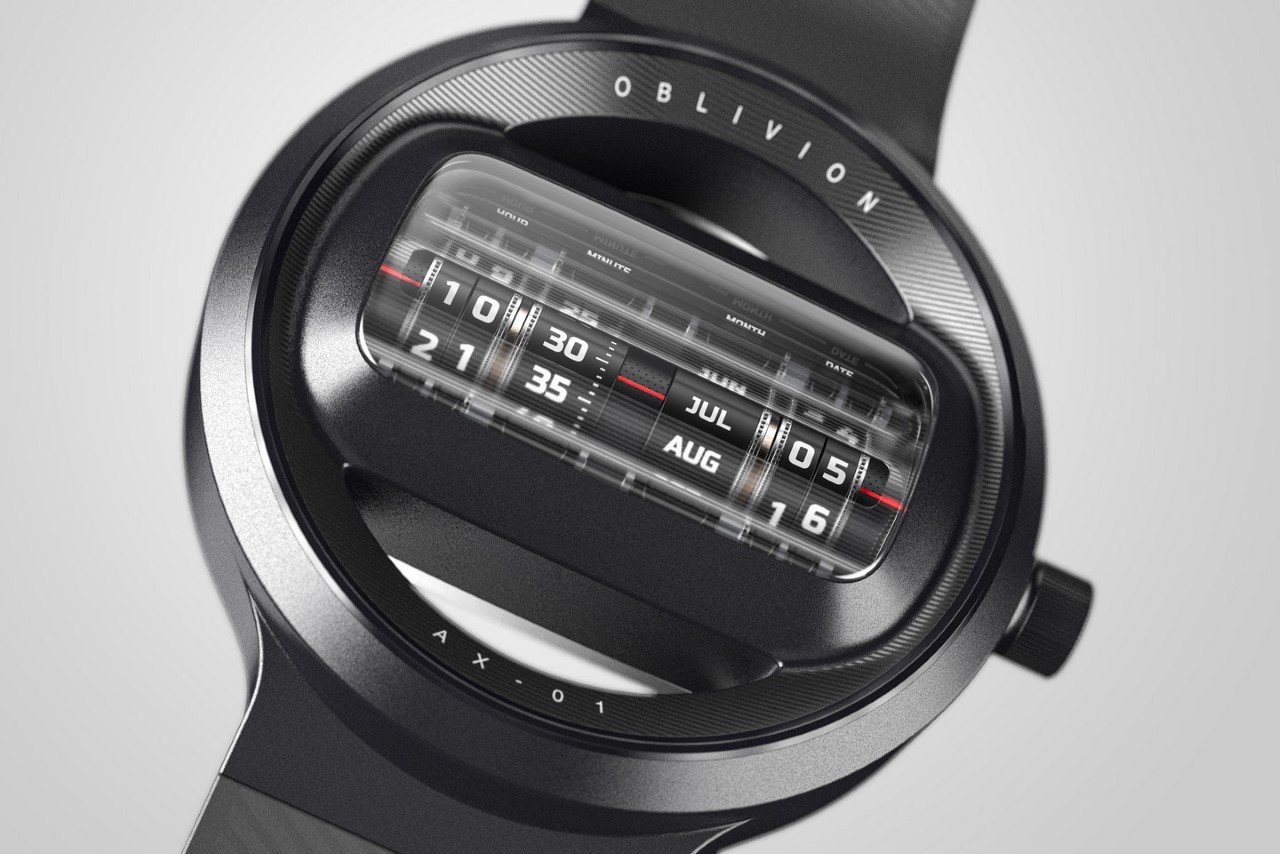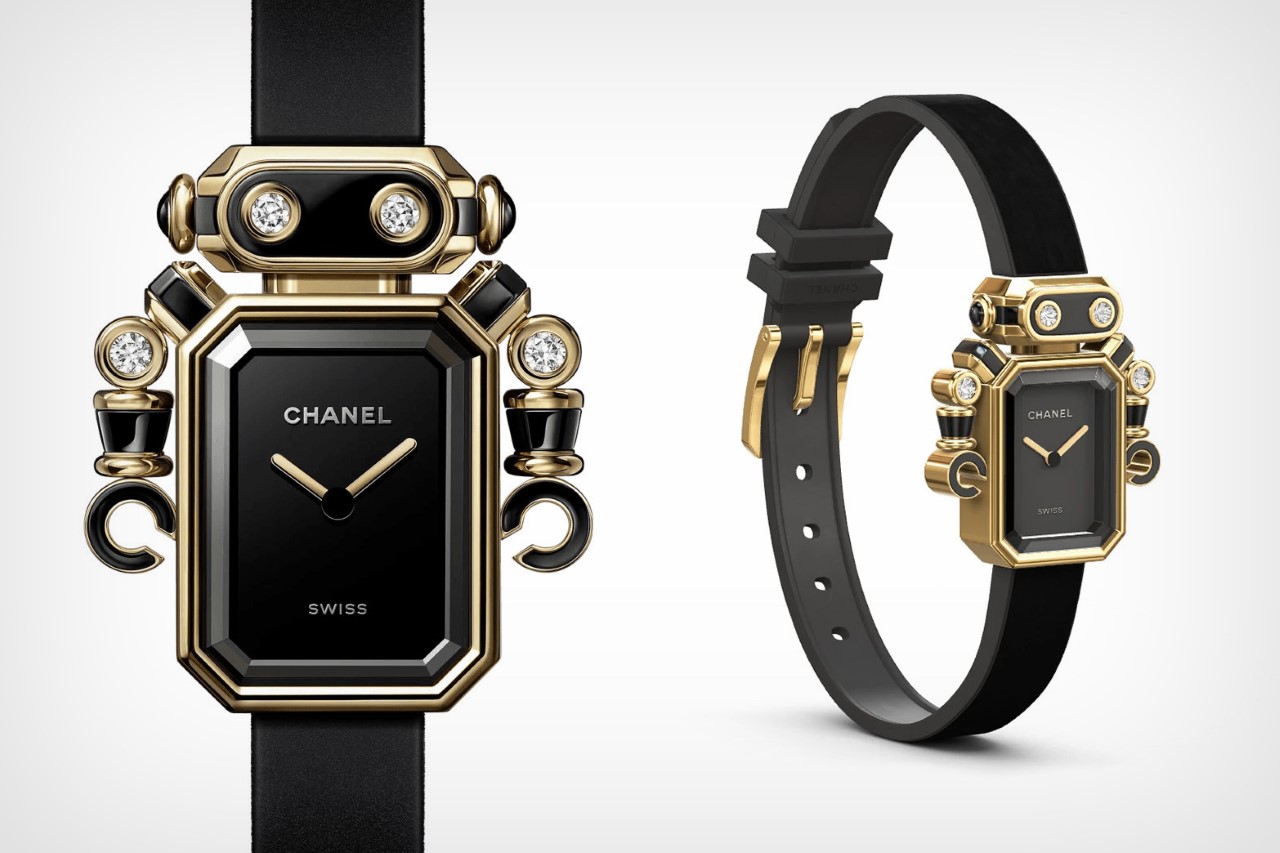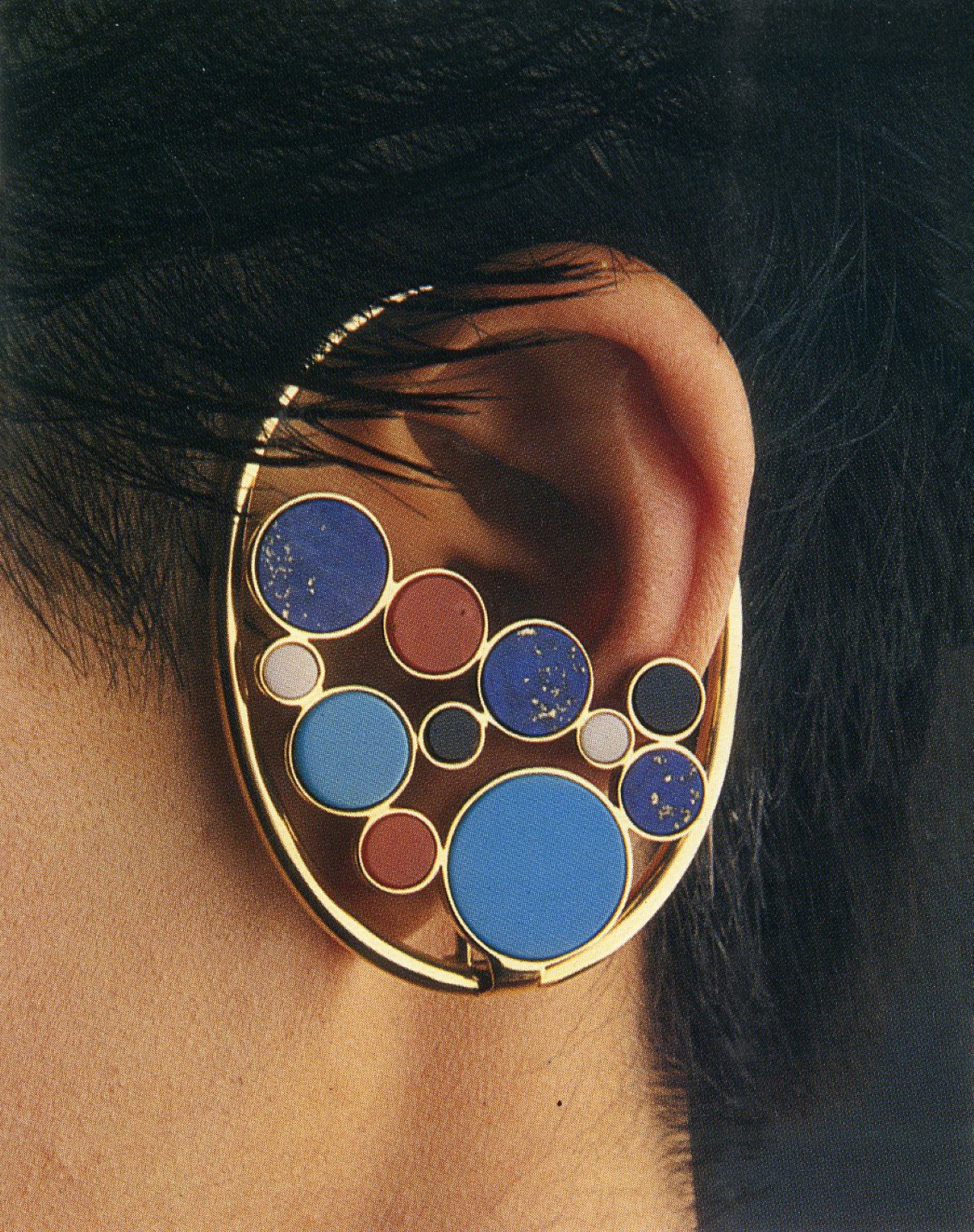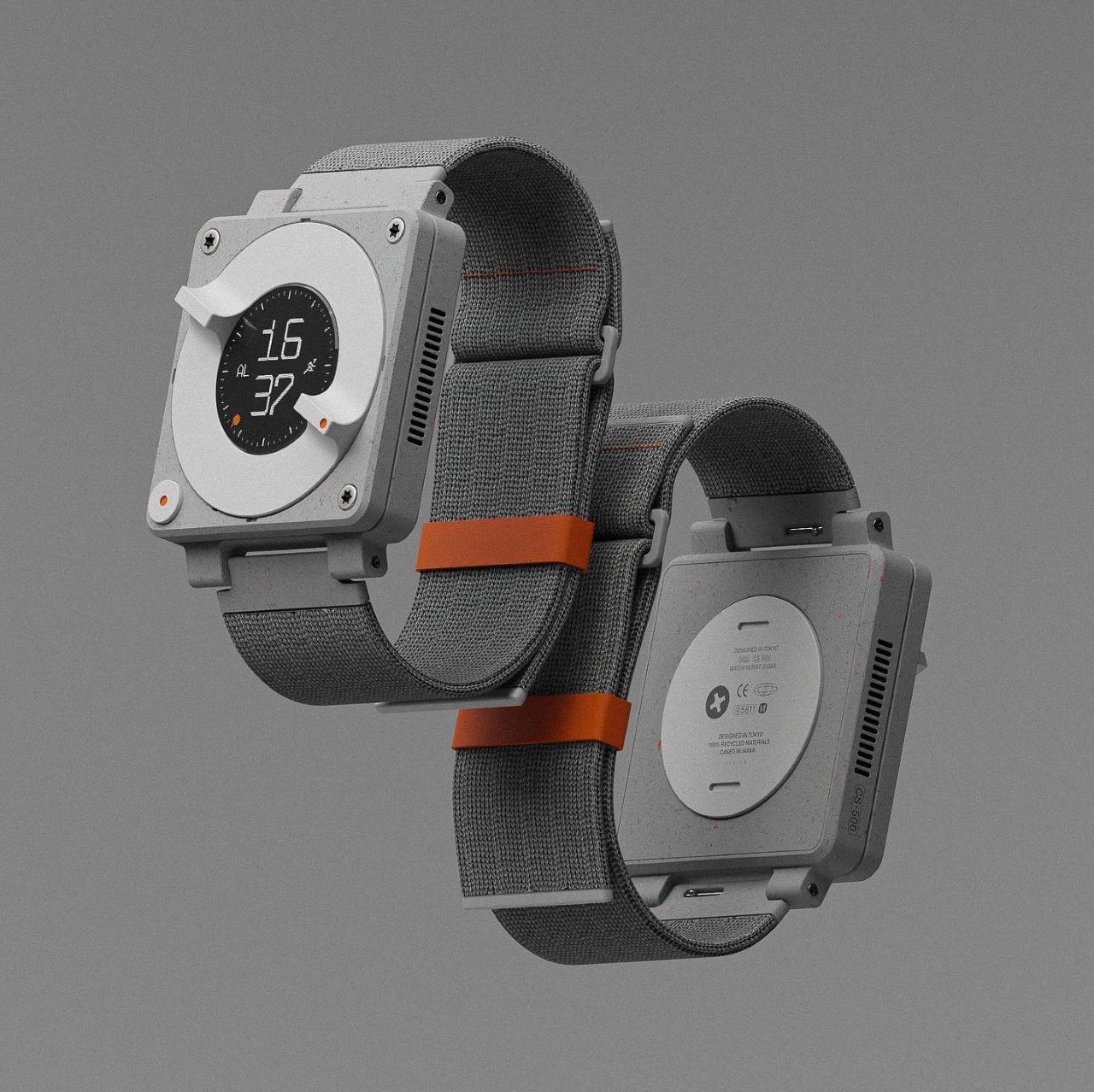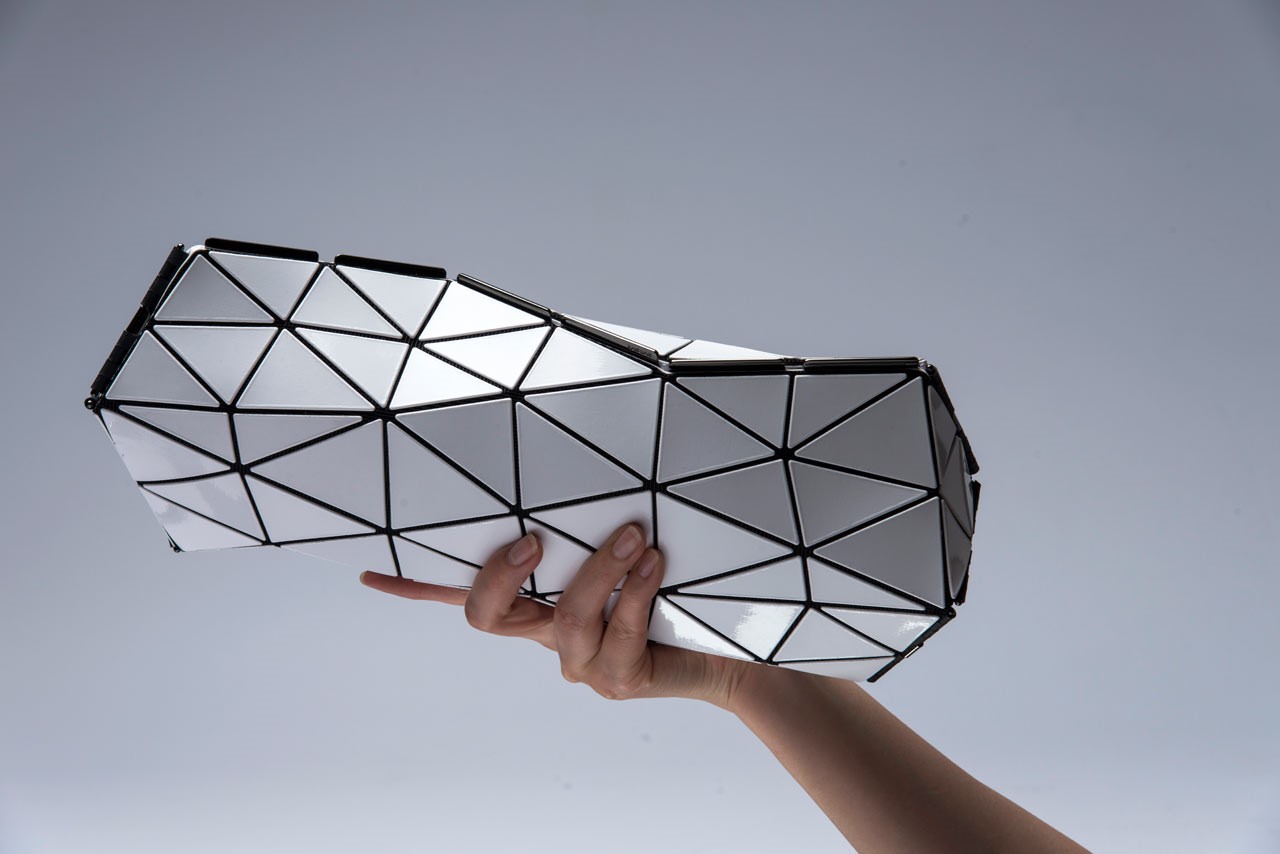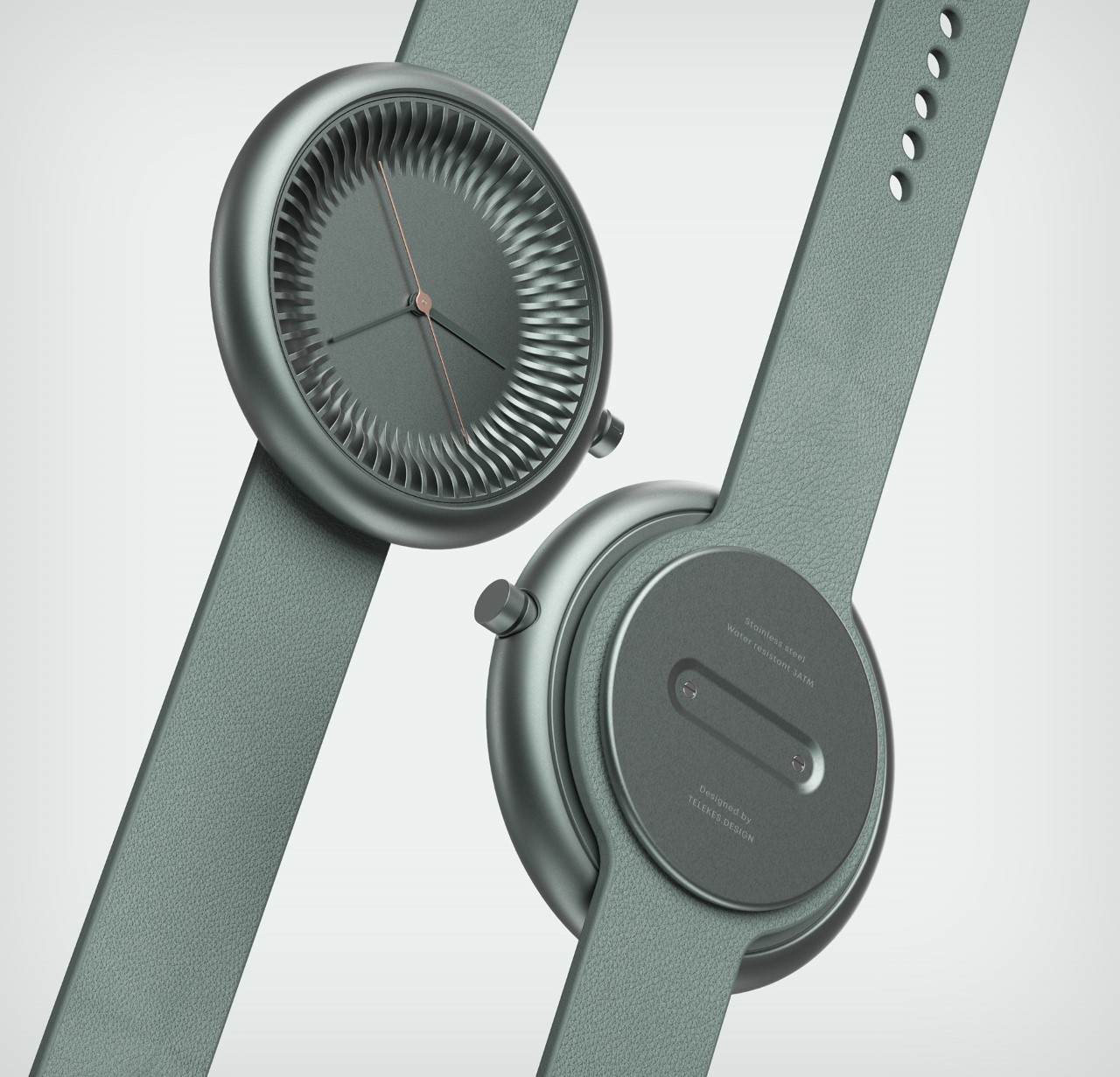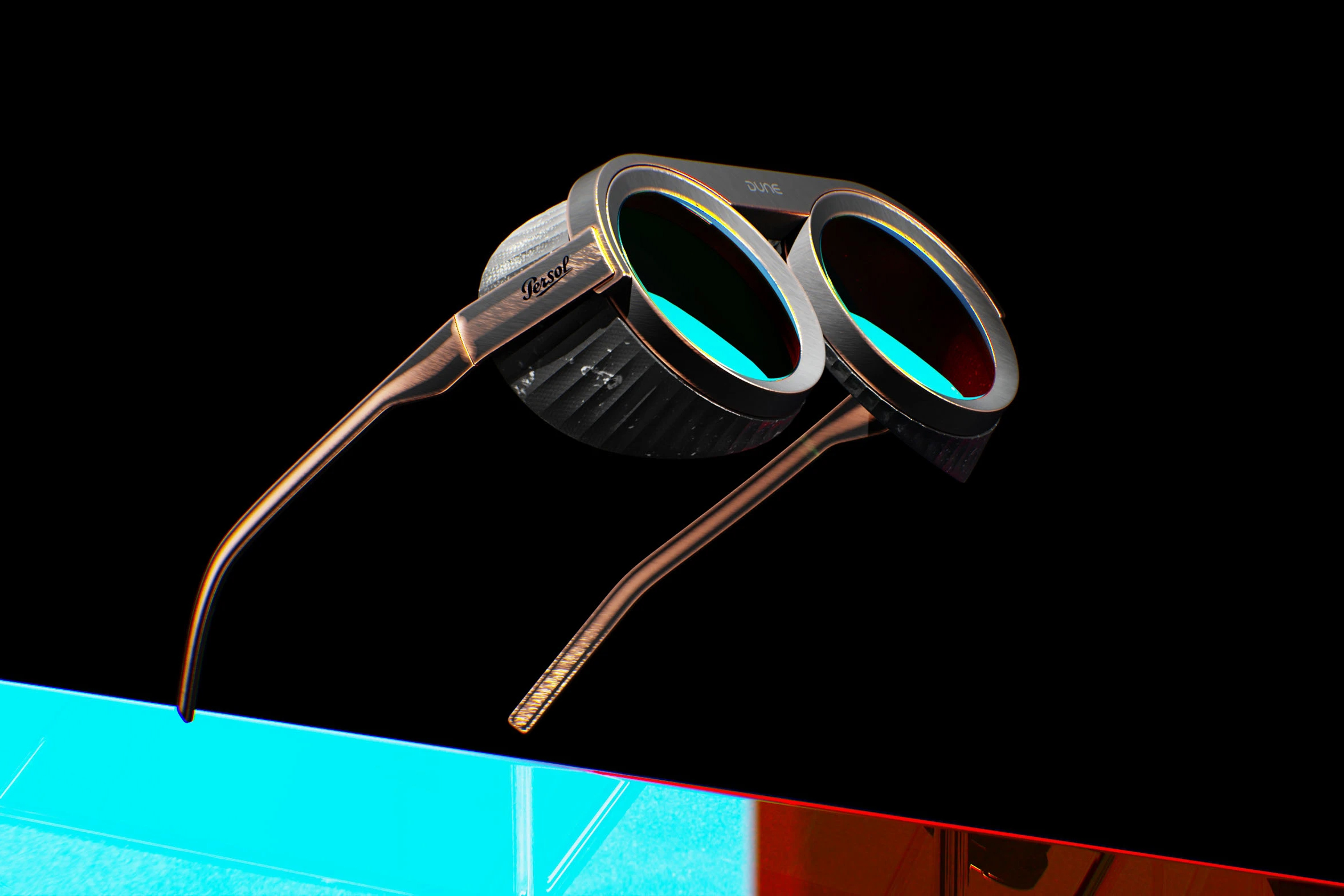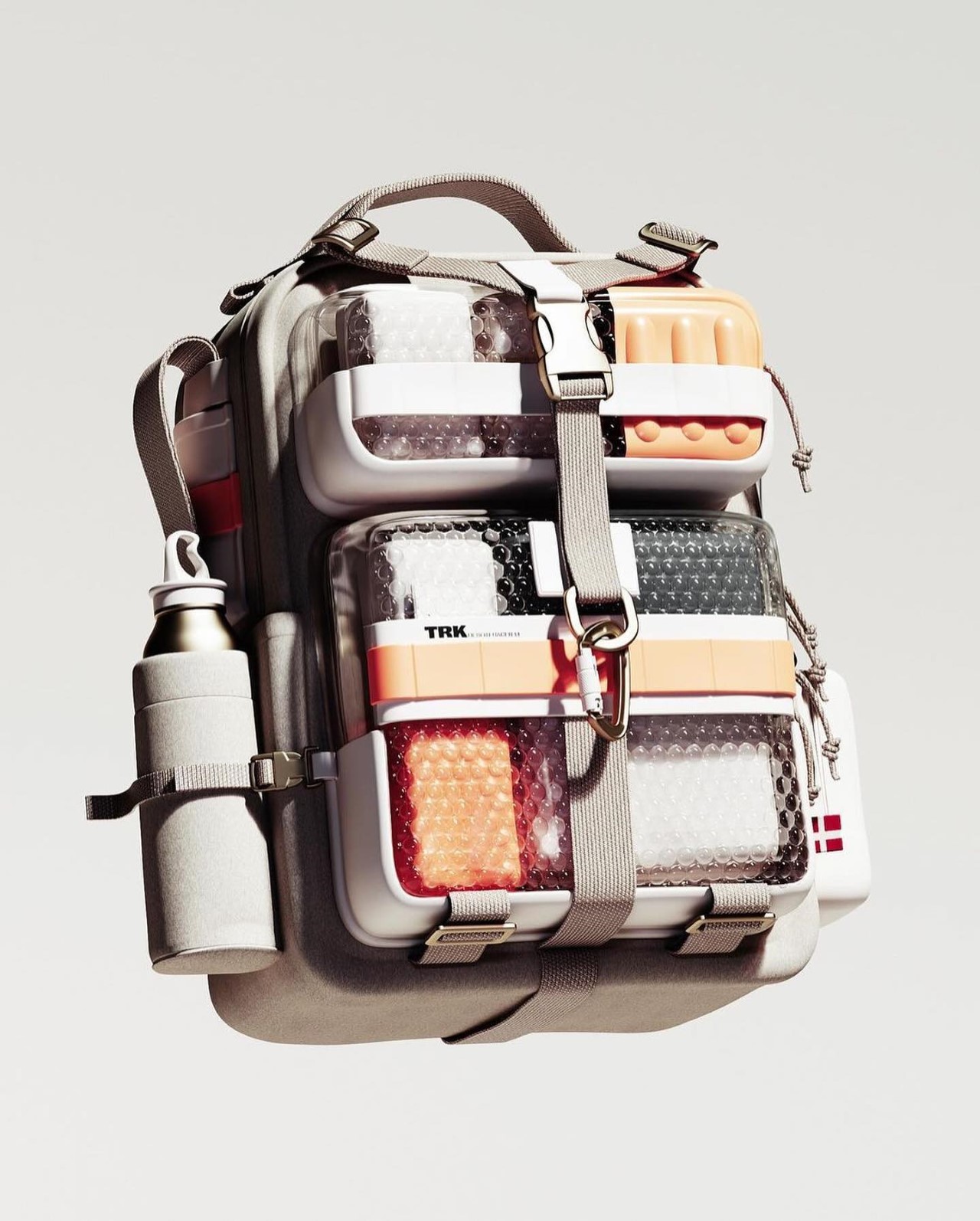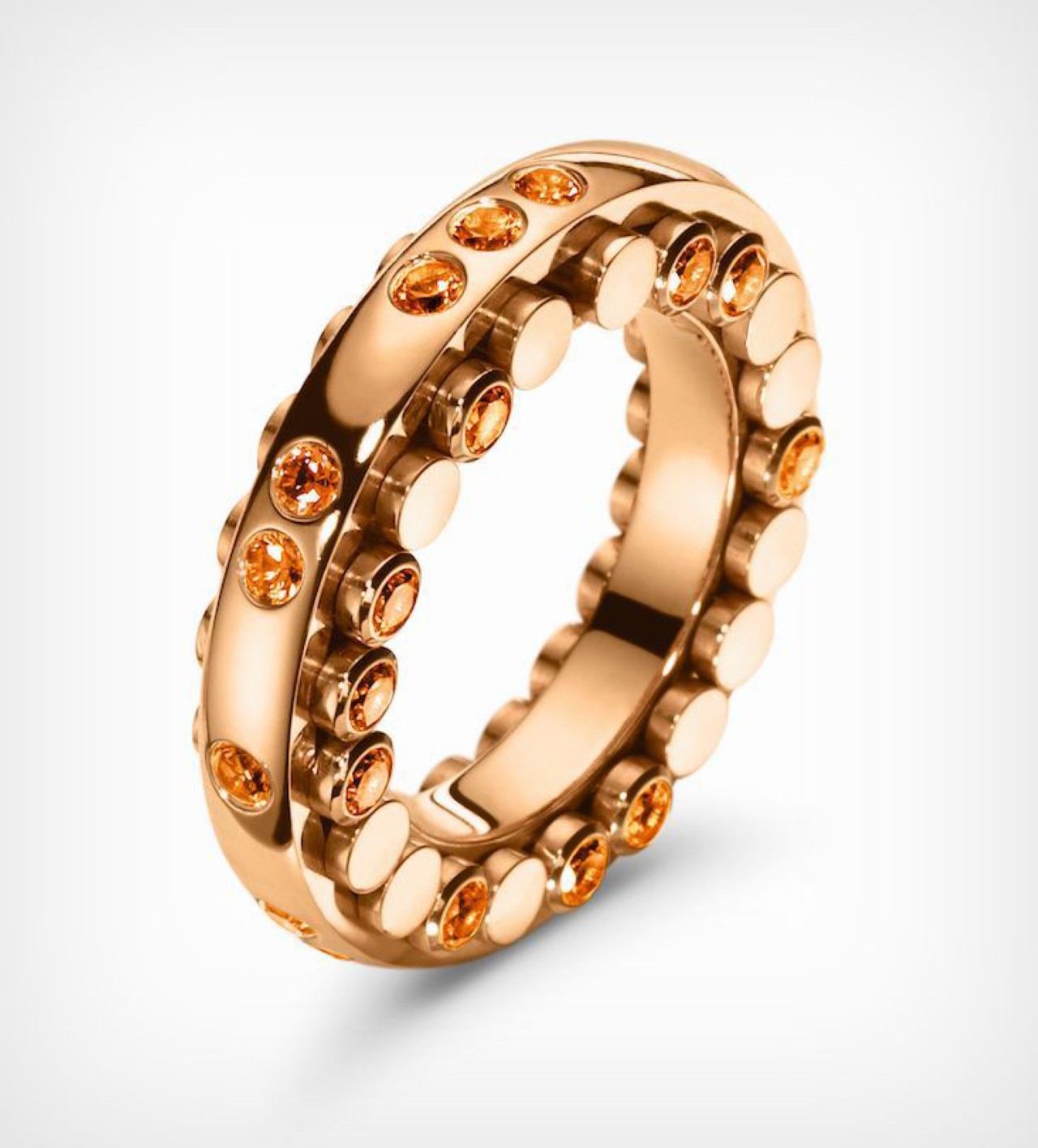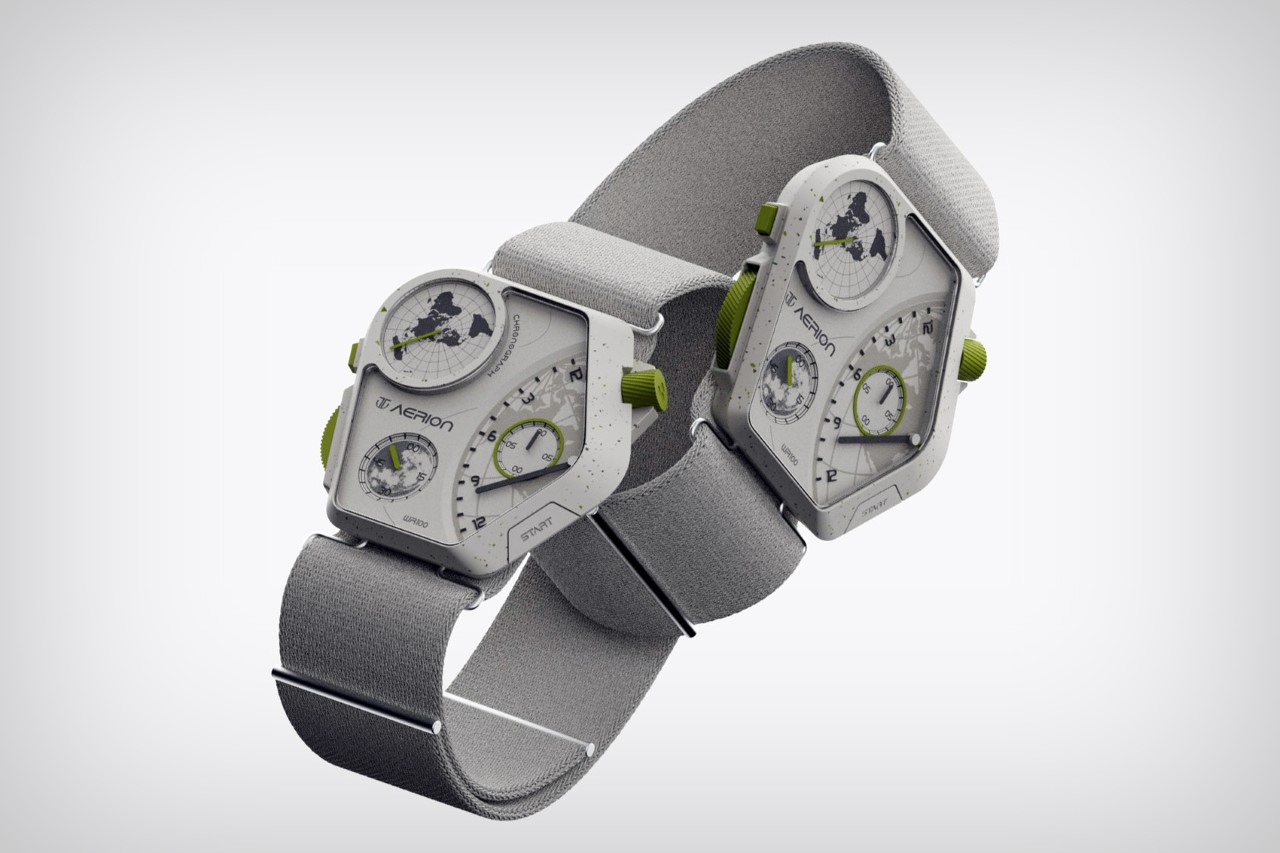
The first Titan x Yanko Design “Retrofuturism Challenge” finally came to a close in April, with the companies revealing their grand winners. Three winners were chosen from hundreds of entries and were awarded cash prizes and KeyShot licenses.
Participants were required to design one of the following – a watch, eyewear, jewelry, or backpack – keeping in mind the ‘Retrofuturism’ brief. The brief invited designers to marry the golden yesteryears with the uncharted tomorrows, creating designs that resonate with the warmth of nostalgia yet pulse with the promise of the future. The Titan x YD Jury Panel awarded Tejas Sunil Suryawanshi as their grand winner, with Swetha Shanmuhavel getting the 1st Runner Up Prize, and Serhan Yenilmez getting the 2nd Runner Up Prize. Winners were selected across 3 of the 4 product categories, and the jury even gave participant Jack Wells an Honorable Mention for his entry.
Winner – Tejas Sunil Suryawanshi

Suryawanshi’s Aerion watch captivated the judges for its unconventional design that married new technology with unique form factors, and an eye-catching brutalist design language that still managed to be both exciting and practical. The timepiece boasts a captivating design with a semi-circular dial on the right marking the hours and a smaller counterpart on the left for minutes. Evocative of the Earth and Moon’s interplay, these dials charmingly illustrate the lunar orbit. Incorporating practicality, two buttons flank the watch for activating the chronograph function. This feature seamlessly transforms the minute hand into a seconds hand for precise timing, aided by a secondary dial measuring half-second intervals within the hour display. A top-right disc on the watch face elegantly presents a map with crucial longitudes, alongside a rotating hand pinpointing the sun’s position overhead, indicating local solar time. Notably, the outer bezel of the disc also includes a discreet arrow for user location reference.
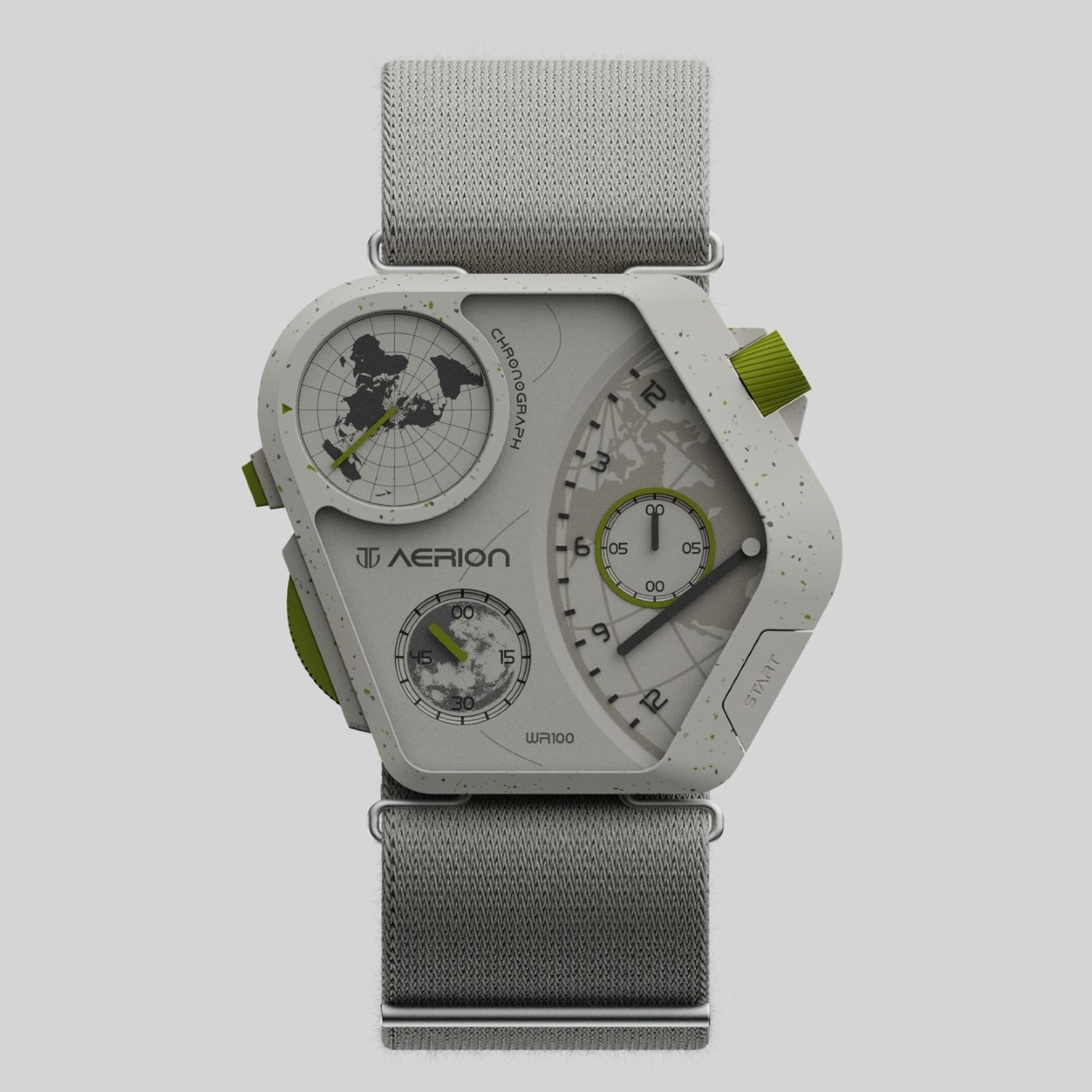
1st Runner Up – Swetha Shanmuhavel
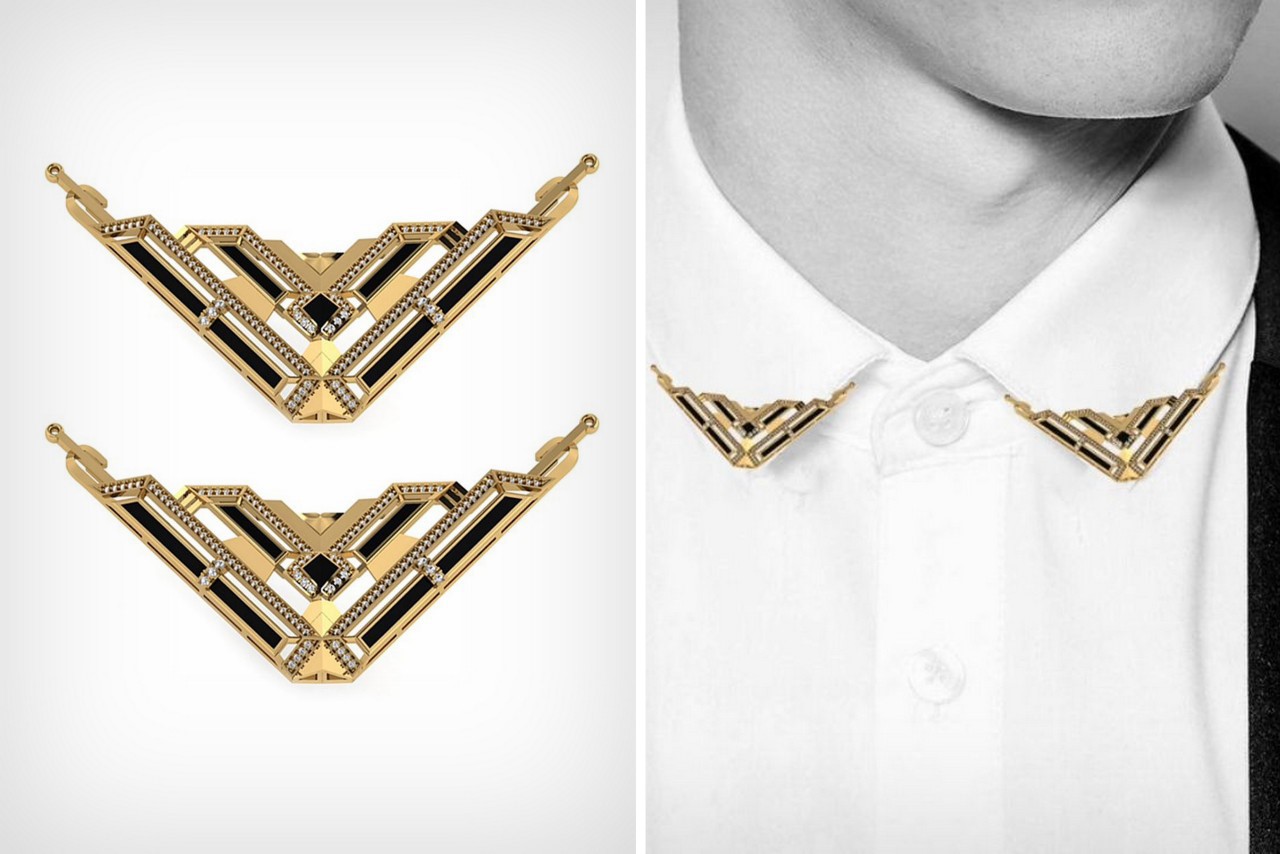
Swetha Shanmuhavel, who goes by ‘_.enigmiala._’ on Instagram secured second place for her jewelry design – Collar Pins. The unique interpretation of creating jewelry that affixes to the corner of a collar or a chest pocket really resonated with the judges as unique and interpreting the brief perfectly. The art deco styling of the pin was a perfect pick for the retrofuturistic theme, given its distinctly luxurious yet geometric patterns. “In the hopes of a utopian retro-futuristic world that will be culturally sensitive and celebrate inclusivity and self-expression, I aim, as a designer, to break down societal expectations and exercise creative freedom to explore innovative and unique designs that transcend traditional gender boundaries,” said Shanmuhavel. Striking an 83-degree angle, these pins are a statement piece crafted in 18k gold, black enamel, and diamonds. Their bold geometric lines and rich embellishments showcase both individuality and imagination. Secured by a screw at the back, these versatile pieces can be worn on a crisp shirt collar or a jacket lapel, adding a touch of retro charm with a futuristic twist. They are a nod to the past, reimagined for the modern era.
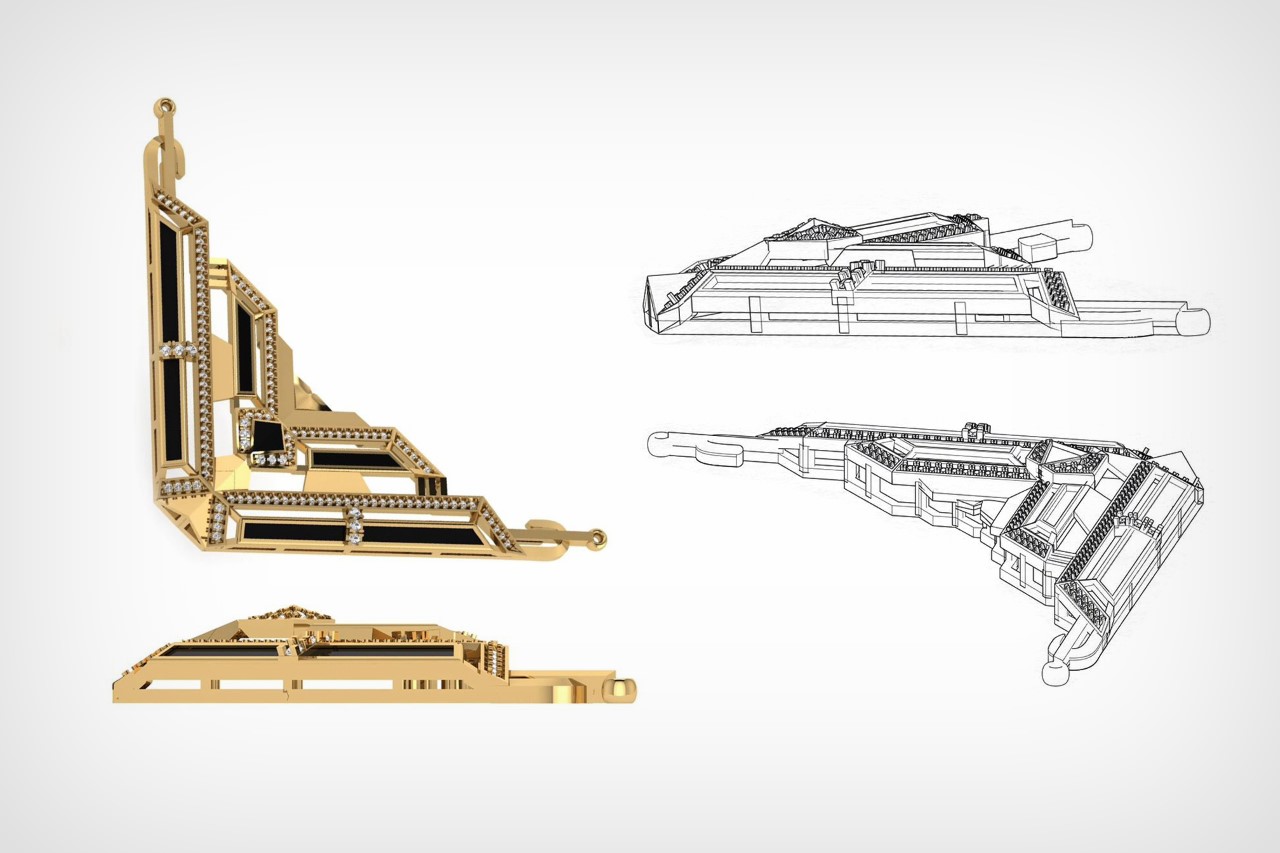
2nd Runner Up – Serhan Yenilmez
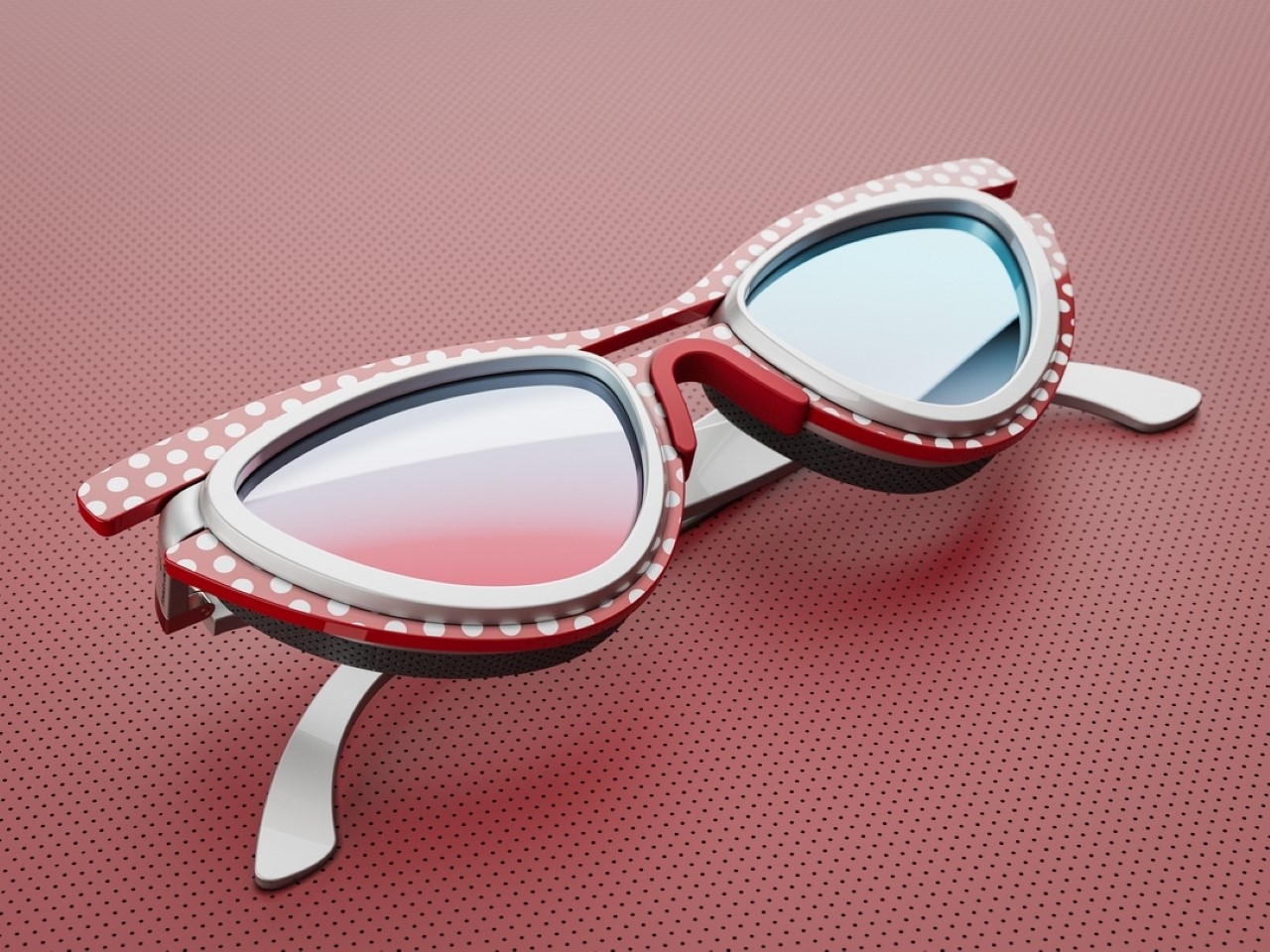
Serhan Yenilmez’s “Cat Eye” glasses won the final prize for its call-back to the cat-shaped quintessential ‘librarian’ glasses of the 50s and 60s. Unlike those, however, these glasses come with layers that add volume and chunk to the glasses, giving them a distinct appearance that’s sure to have you look twice. “Main target was to keep the classic unique form and make it look more sophisticated and up-to-date by some ideas such as leather pads and mix & match material options,” described Serhan, adding that “All the parts are detachable and mixes with each other as the user sees fit…”
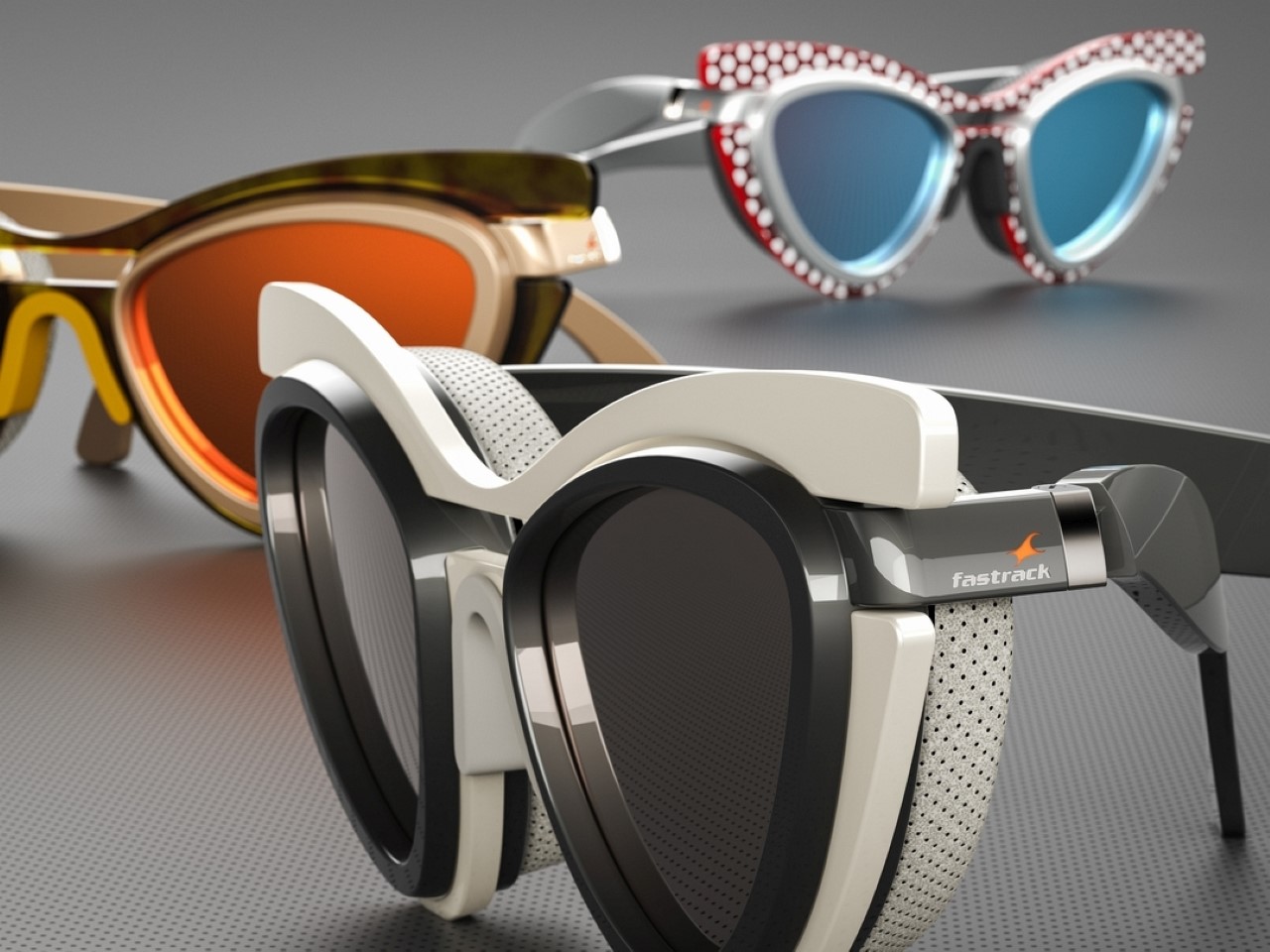
Honorable Mention – Jack Wells
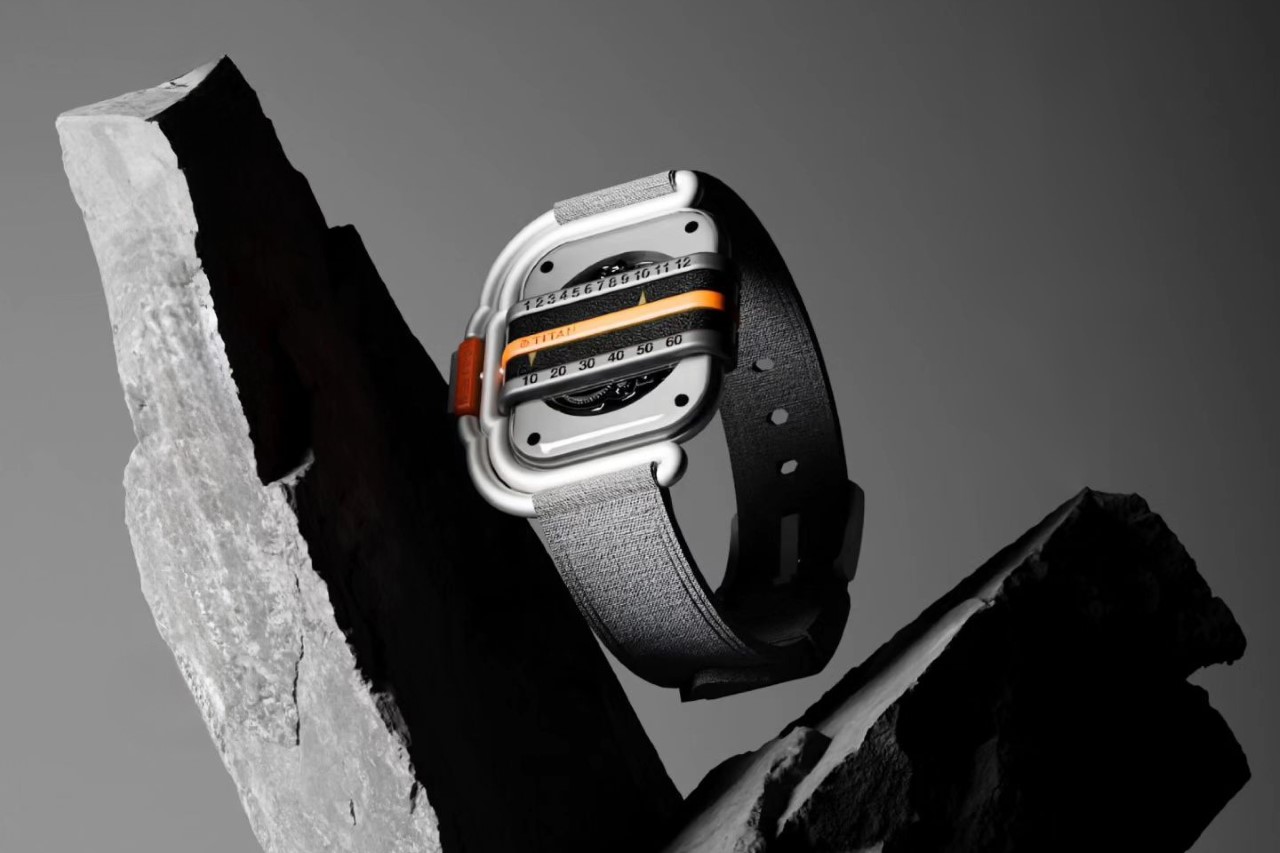
Finally, the judges awarded Jack Wells an honorable mention for his watch entry ‘Rotograde’. Although the watch’s design lacked feasibility in its current stage, it reinterpreted timetelling by relying on something as rudimentary as a belt and gear. This, coupled with the unique aesthetic of the watch made it a retrofuturistic dream come true. “This retrofuturistic watch utilizes a belt-driven analog handset to convey the time. The dial’s linear display enables the time to be read like lines of text, making it more efficient as a time-telling process than the traditional three-hand set-up,” Jack said, referencing Gerald Genta and Sir Jony Ive as his inspirations.
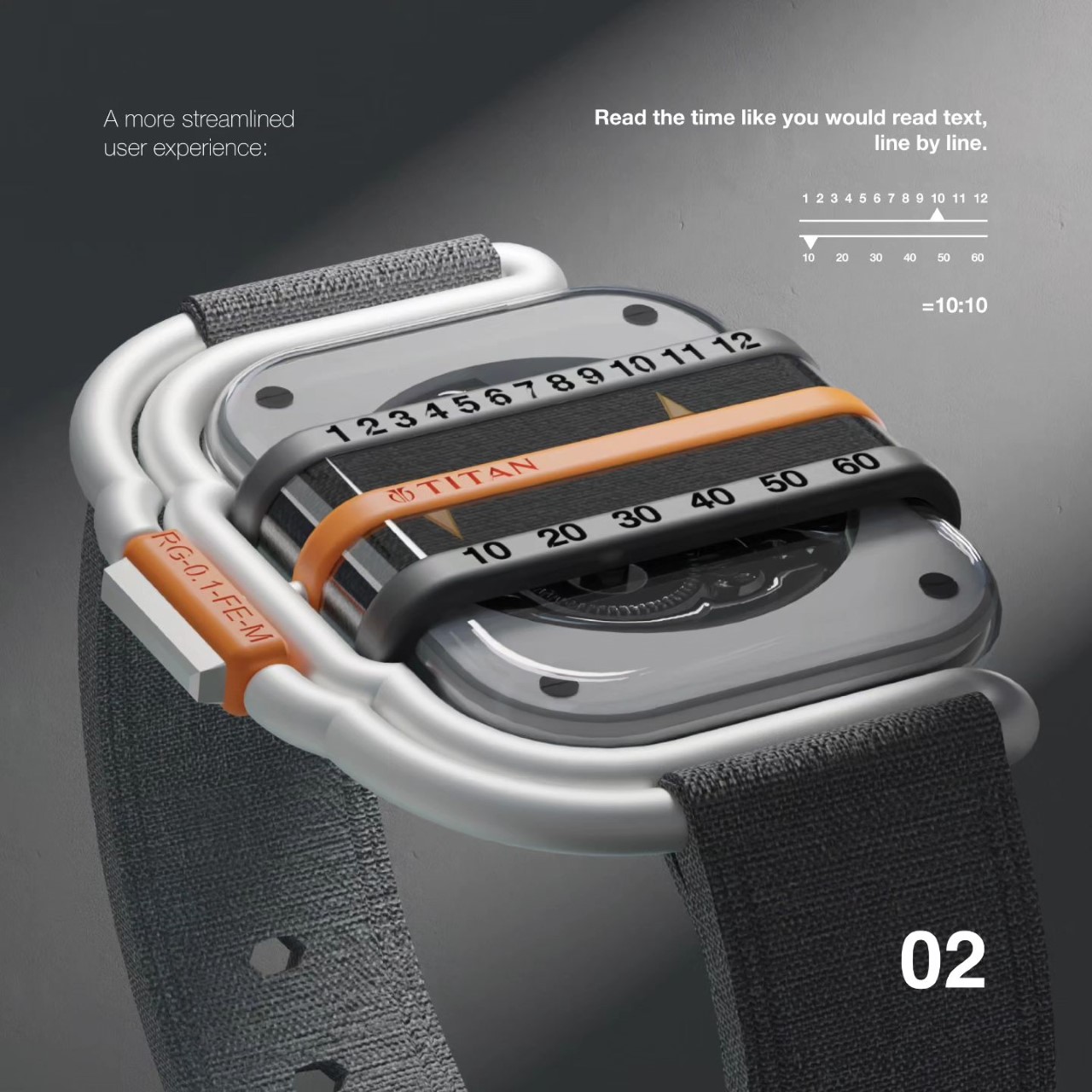
The post Titan x Yanko Design “Retrofuturism Challenge” Announces Innovative Winning Designs first appeared on Yanko Design.
